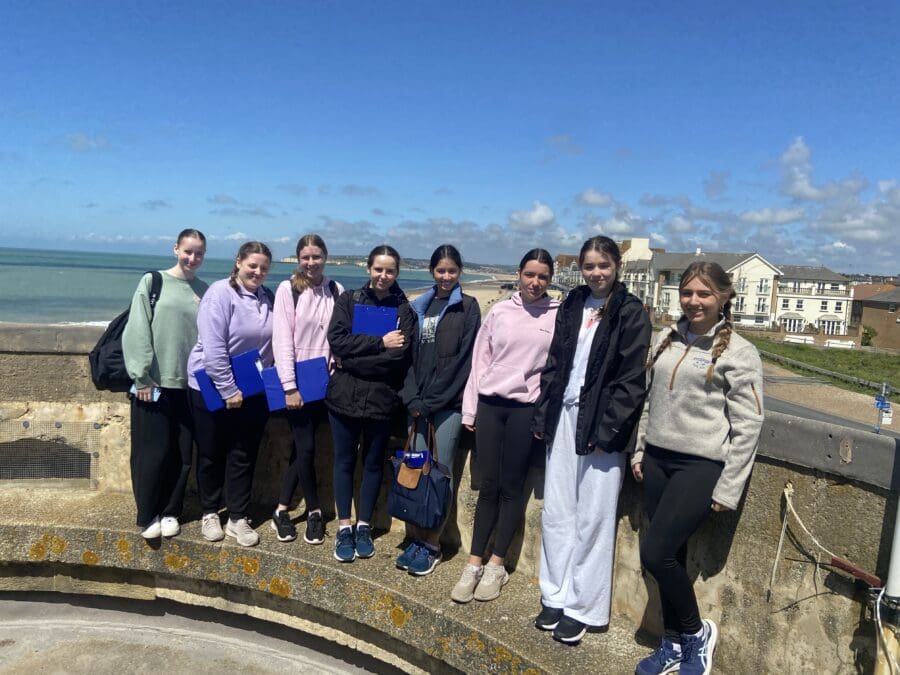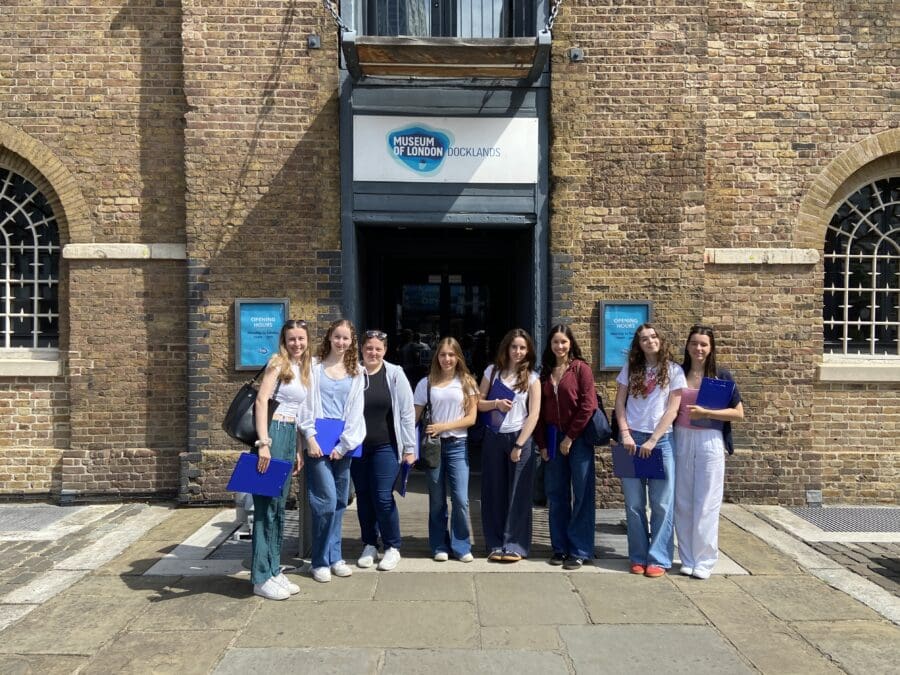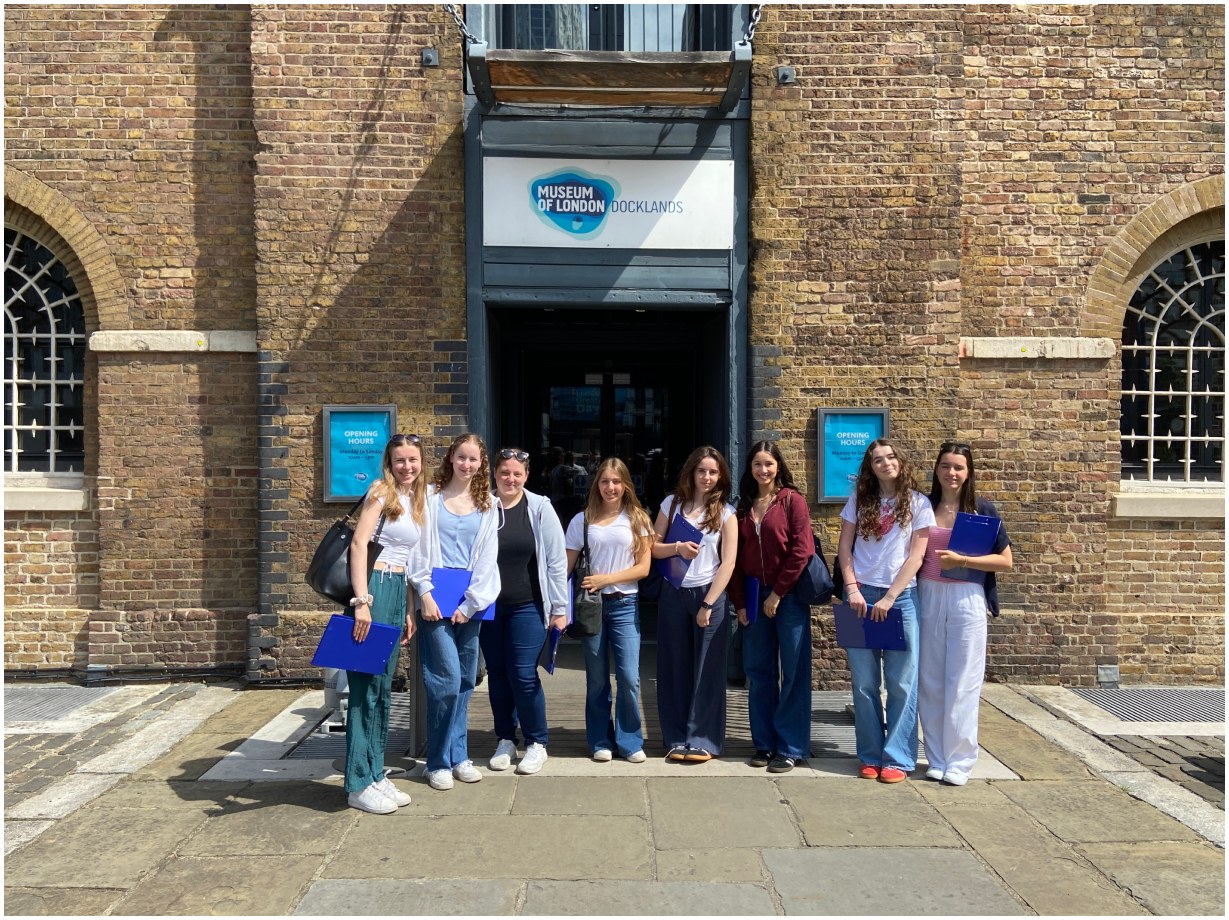Seaford

On our first day of fieldwork, we visited Seaford, a coastal village in East Sussex, to gather data on coastal management techniques. We started at the Seaford Museum & Heritage Society, where we collected secondary data through an informative talk about Seaford’s history, focusing on the history of coastal management strategies. Following the museum visit, we collected primary data on the beach. Using ranging poles and clinometers, we calculated the beach’s gradient. We also used callipers to measure rocks and pebbles, which we selected through random sampling techniques. We then walked to the unmanaged chalk cliffs, where we observed natural erosional processes, providing an insight into how Seaford may have looked without management strategies. Afterwards, we walked back along the coast, concluding our Seaford visit with ice creams on the beach! On our way back, we briefly visited Saltdean, a contrasting coastal area with more extensive management strategies compared to Seaford and were able to discuss the reasons for the differences.
Canary Wharf

On our second day of fieldwork, we visited Canary Wharf to collect data on urban regeneration. We started at the Museum of London Docklands, a 200-year-old renovated warehouse. The museum provided valuable information about the docks’ history and regeneration from the time of the slave trade to today. During the day, we completed four Environmental Quality Indexes to assess the quality and maintenance of various regeneration projects, including Canary Wharf Station. We also conducted several questionnaires with a diverse group of participants to capture the working population’s opinions on the regeneration projects. To conclude our day, we visited a rare unregenerated brownfield site. We then took the Thames Clipper back to Westminster, which offered us a unique perspective on the regeneration projects along the river.
Overall the two days in the field have given us an insight into how to collect data for our coursework and we are now feel confident working on our independent projects.
Thank you to Mrs Griffiths and Mrs Cassell for organising the trips and accompanying us.
